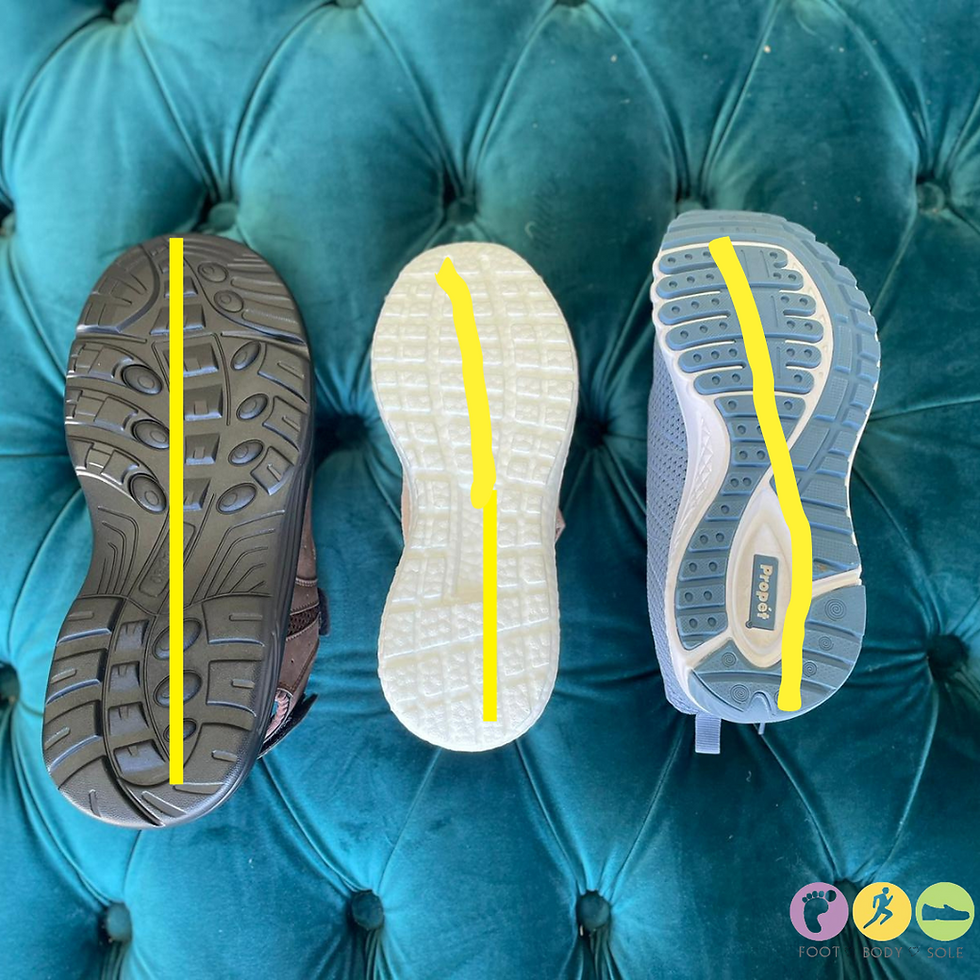3d printed orthotics - how have orthotics and processes improved over the years
- Foot Body Sole
- Jun 6, 2023
- 3 min read

What are orthotics?
Orthotics are shoe inserts that are inserted in your shoes to provide correction and support. The word “Orthotics” comes from the Greek: Ορθός (orthos) which means “to straighten” or “align”. An orthosis (plural: orthoses) can be described as “an externally applied device used to change the structural and functional abnormalities of the neuromuscular and skeletal system”. What does that mean, in short.
it can limit and/or immobilises the lower extremity, joint or segments,
it can restrict movement in a certain direction, it can further assist in a particular movement,
it can reduce weight bearing forces acting at joints,
it can improve overall function and shape of the body part to improve movement and reduce pain.
In this next section, I will discuss a little more about the evolution of the orthotics since the turn of the 20th century.

How have orthotics evolved over the years
There has been significant progression with science and technology over the years where at the start of the 20th century the first modern orthoses were invented. It has been suggested the first 70 years of last century orthotics have not significantly changed whereby orthoses were made from metal components with prefabricated and custom padded felt and leather.
In more recent times there has been the introduction of thermoplastic setting resins to produce orthotic shells has been the only significant change. Materials such as polyethylene, PVC, ABS and polycarbonate where used in the initial phases however, polypropylene became the leader quickly due to its versatility and application within a common orthotic workshop environment .
Traditionally, making orthotics require a negative cast of the patients foot and then filling the negative cast with plaster to make the positive cast, then polypropylene sheets are moulded over the positive cast. Foam box casting has been used where the foot impression is made in the foam box to produce a positive cast. In addition, plaster bandages were popular for a time period however, these methods can be time consuming.

More recently this method has been replaced by laser scanning with computer aided design CAD and computer aided manufacturing CAM, where a positive cast of the foot is milled directly from the image.
Now in orthotic manufacturing 3D printing has provided a new challenger in the market of custom orthotic design. It has been suggested that 3D printed orthotics have some of the following features/characteristics.
Easily modifiable objects without any fixed mouldings, which make the objects unique.
Insole volume, weight, internal structures, density at selected regions can be defined
Structures like kelvin cell, honeycomb, octahedral porous, orthogonal cubic are seen to be the choice of structures for infill
By varying the size of the studs the insole can be improved
They possess high portability, low cost and have a higher degree of customisation
To increase the cushioning capacity of the device it is preferred to have zone control
Contact stress can be reduced with proper design of the orthotic
Latest trend is continuous core reinforced filament deposited with a matrix material
Can reduce bromhidrosis (malodorous) through a hydrophillic membrane than is laminated
Reduced cost of equipment, geometric complexities, material, material waste and labour time

Who needs orthotics?

Orthotics are not limited to a specific group of people. If assessed correctly, the podiatrist can choose the correct device for you to provide foot posture correction from rearfoot devices, to midfoot devices to just some shock absorbing accommodative devices to give extra comfort when walking, running or playing sports.
It all depends on what your feet need and the assessment and the consultation process being the most important element. Lifestyles and footwear choices can also play a huge part in determining what's right for you.
Therefore, it's best to find a Podiatrist who can assess all aspects of your condition, your lifestyle and your footwear and activity levels to find a device that suit you. In general, orthotics can help to redistribute plantar pressure of the foot through aligning the body and feet as well as stabilise the feet when you walk.
If you have been thinking about orthotics and want to find out what sort of orthotics would suit your feet, please contact us at info@footbodysole.com.au or 8648 7678 or come in store to chat to our friendly staff.









Comments